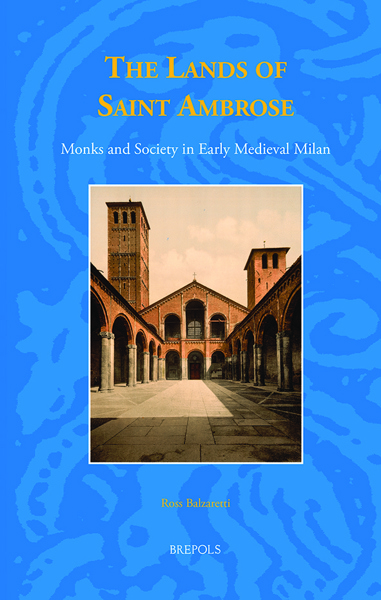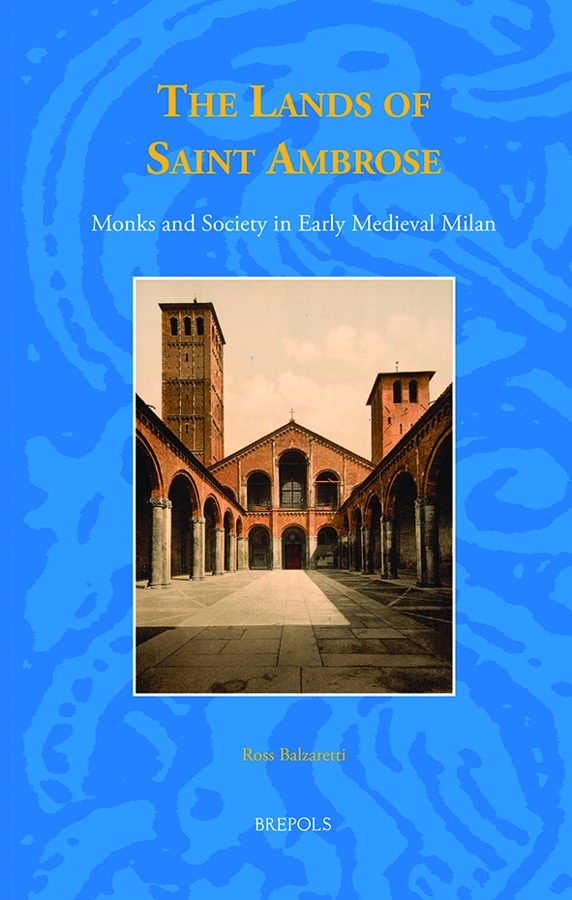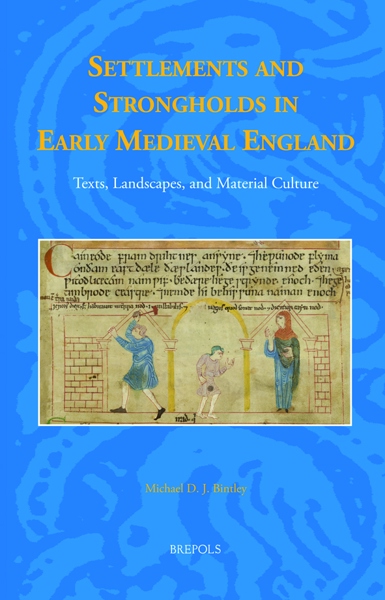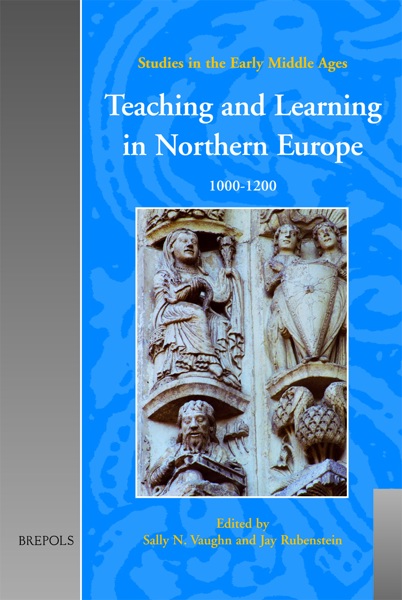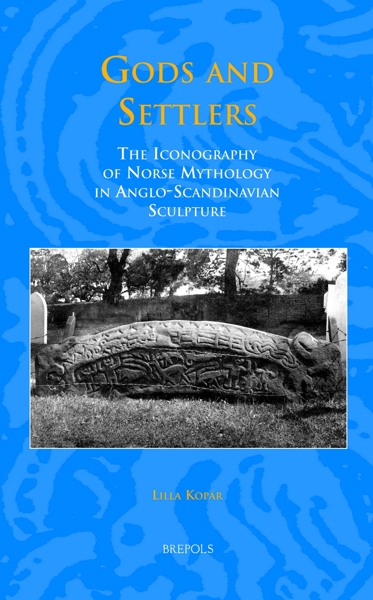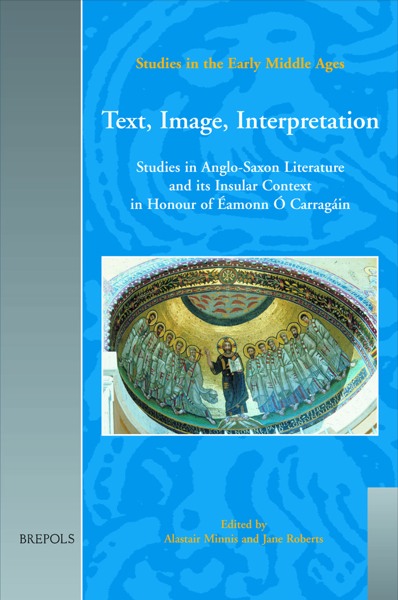
- Pages: xvii + 640 p.
- Size:156 x 234 mm
- Illustrations:17 b/w, 28 tables b/w., 15 Maps
- Language(s):English
- Publication Year:2019
- € 145,00 EXCL. VAT RETAIL PRICE
- ISBN: 978-2-503-50977-8
- Hardback
- Available
- € 145,00 EXCL. VAT RETAIL PRICE
- ISBN: 978-2-503-55922-3
- E-book
- Available
This book provides a history of early medieval Milan that incorporates the as-yet underestimated role of the city's Benedictine monastery.
“Anche per dare giusto risalto a queste ricerche il volume è stato pubblicato con i testi in inglese in una prestigiosa collana (The Medieval Countryside) dell’Editore Brepols: una scelta che sicuramente valorizzerà questo libro e darà a esso, e alle ricerche che contiene, una giusta visibilità internazionale.” (Sauro Gelichi, in Archeologia Medievale, XLV, 2018, p. 458 )
“Die Arbeit von Ross Balzaretti bietet einen grundlegenden Überblick über eine der wichtigsten Institutionen der mailändischen Kirche, Gesellschaft und Stadt im Mittelalter, die Abtei von S. Ambrogio, in der ersten Phase ihrer Geschichte.” (Caterina Cappuccio, in Francia-Recensio, 1, 2020)
“Versehen mit zahlreichen Abbildungen und Tabellen, der Wiedergabe wichtiger Quellen im Original, einem hilfreichen Register und einer 86 S. umfassenden Bibliographie (in Auswahl!) bietet diese monumentale Monographie einen überaus detailgenauen und methodologisch transparenten, dabei aber dennoch angenehm und fließend zu lesenden Einblick in ein Beispiel kirchlichen wie weltlichen Lebens in Mailand und Umgebung in der Zeit von etwa 700 bis 1000. V. a. auch für das Verständnis der Entstehung und Leitung von Klöstern während dieser Zeit bietet das Buch wertvolle Einsichten.” (Josef Lössl, in Theologische Revue, 116, Mai 2020)
“Showcasing an argument as much methodological as historical, Balzaretti's book will become not only the standard reference on early medieval Milan, but also a primer on how rather traditional historical methods using rather traditional evidentiary material can still be innovative, original, and address big questions.” (Renie Choyin The Medieval Review, 07/08/2020)
“If one were to read one work on Early Medieval Milan this would be it.” (Christopher Heath, in Al-Masaq, XXXII/2, 2020, p. 209)
“This book, long-expected and long in the making, has been very much worth waiting for (…) Balzaretti proves himself a master of style as well as substance (…) Whether ruminating on chestnuts or cheese, land or water, Balzaretti eschews simplicity. His magnificent book ends on a decisive up-beat, and a perfectly-pitched note of political, social and economic complexity.” (Janet Nelson, in Journal of Ecclesiastical History, 71, 2020, p. 623-626)
“Balzaretti’s careful exploration of an urban monastery’s efforts to control a growing slice of the countryside makes for an illuminating case study on the ways in which city-based elites extended their sway over surrounding territory in the early Middle Ages (…)” (Hendrik Dey, in Speculum, 95/3, 2020, p. 805)
Ross Balzaretti is Professor of Italian History at the University of Nottingham.
This book is a history of Milan in the early medieval period. It investigates the political, social, and economic aspects of the transformation of the Roman world in one of its major centres. Its main theme is the role of monastic communities in this transformation. In the case of Milan a single monastery can be studied in great detail: the Benedictine community founded by Charlemagne, c. 789, next to the basilica in which St Ambrose himself was buried. Surprisingly, the impact which this important Carolingian foundation had upon the existing society of Milan has been underestimated by historians, partly because the history of the monastery has been studied apart from the history of the city.
The book shows how successive generations of monks helped to change the social organisation of the city and much of its hinterland, largely through their substantial dealings in property as recorded in one of the most important surviving collections of early medieval charters. This thesis challenges the views of earlier generations of scholars who downplayed the role of the monastery in the mechanisms of social change, in favour of a ‘new’ mercantile class.
Acknowledgements
Abbreviations
Part One: Small and Large Worlds
- Introduction to Part One
- Chapter 1. Evidence
- Chapter 2. Interpretation
- Chapter 3. Roman Milan Transformed
- Chapter 4. Sant’Ambrogio and its Patrons
- Chapter 5. Cityscape
Part Two: Dossiers
- Introduction to Part Two
- Chapter 6. Campione
- Chapter 7. Gnignano and Cologno
- Chapter 8. Valtellina
- Chapter 9. Limonta and Inzago
Part Three: Conclusion
- Introduction to Part Three
- Chapter 10. Hinterland
Select Bibliography
Index
